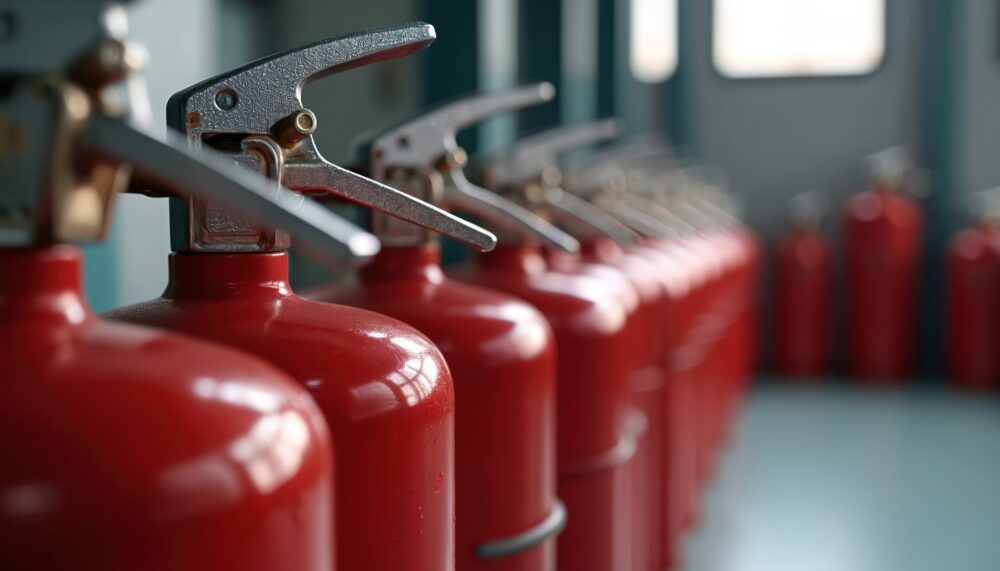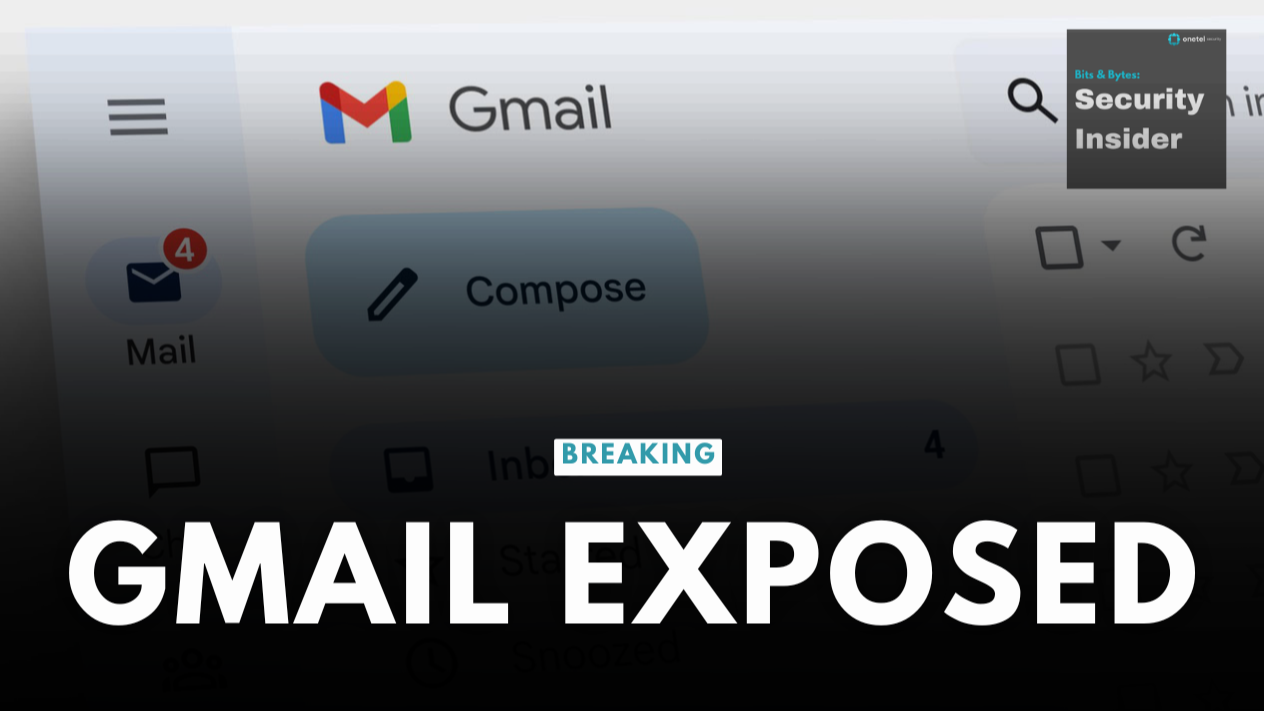In his September 19, 2025 article, Ken Kirschenbaum highlights the licensing of locksmiths across the United States and observes that while the alarm/security industry is robustly regulated, locksmiths often face far less oversight. He points out that of the 50 states, only a select number — including Louisiana — require a dedicated locksmith license. The article raises an important question for our industry: if locksmiths and alarm/intrusion/access-control professionals operate in overlapping segments of security, why do more firms not cross-collaborate or align their regulatory and business practices?
For Louisiana professionals working in fire alarm, access control, intrusion detection and monitoring systems, the licensing structure for locksmiths presents both an informative parallel and a potential opportunity for enhanced collaboration. Understanding the licensing requirements for locksmith firms and individuals — as defined by the Louisiana Office of the State Fire Marshal (SFM) and the applicable laws and rules — can help life-safety firms better align their service offerings, partnerships, and compliance-mindset.
According to the SFM’s “Steps and Requirements for Property Protection Endorsements — Locksmith (Mechanical & Electronic Locking)” document, a firm offering locksmith services must be physically located in the state of Louisiana, maintain a fully operational office, and have a “qualifier” who resides within 150 miles of the firm. The qualifier must meet specific certification standards (for example, credentials such as CLL, CRL, CPL, or CML from the Associated Locksmiths of America) and must also complete certain Louisiana-specific courses (such as the Fire Marshal Administrative Rules Course, Fire Marshal Plan Review Course, and a Life Safety course). Firms must submit the firm application, affidavit, insurance certificates (with coverage minimums and designated language such as “Life Safety & Property Protection”), driver’s license copies, fingerprint cards for owners/principals, and training certifications. Employees must be W-2 paid, complete technician- or specialist-level requirements, and accrue eight continuing education units annually.
On the broader licensing side for life-safety and property protection systems, the SFM’s “Laws & Rules” page indicates the regulatory base for licensing is found in Louisiana Revised Statutes (R.S.) 40:1646 (Inspection of Life Safety Systems) and 40:1664 (Life Safety and Property Protection Licensing). The administrative rules — including Title 55, Chapters 30, 31 and 32 — govern how licensing, exemptions, applications, background checks, fees and infractions are handled.
First, the overlap of services: both locksmiths and alarm/intrusion/access-control providers manage access hardware, electronic locking systems, and often integrate these with alarm or monitoring systems. The licensing and regulation of locksmiths therefore act as a useful comparison point for life-safety firms which may also provide hardware, door-locking, or gate-access components alongside monitoring or fire alarm services.
Second, regulatory alignment: While life-safety and monitoring firms already operate under stricter licensing frameworks, understanding how neighboring trades like locksmiths are regulated can help future discussions of cooperation, joint service-models, vendor management, or integrated contracts. For example, when a life-safety company contracts a locksmith for mechanical/electronic locking work, the firm’s licensing status and training credentials matter—that firm must meet the SFM’s requirements for “Life Safety & Property Protection” endorsement. Recognising that fosters better vendor selection and compliance alignment.
Third, risk management and business development: In Louisiana, any firm offering life-safety or property protection services must ensure their business structure, personnel, training and contracts reflect regulatory obligations. The locksmith requirements show how training, certification, supervised staff, location requirements, insurance and continuing education play into safe operations. Life-safety firms can learn from this structure: stable business office within the state, designated qualifier/supervisor, documented training and maintenance of technical credentials, and strictly structured service relationships.
Life-safety companies should take note of how the locksmith licensing model emphasises specific training, accreditation, continuing education, and clearly defined roles (qualifier, technician, employee). As you develop your firm’s service contracts, sales training, technician onboarding, vendor partnerships or subcontractor arrangements, consider applying these patterns:
When engaging independent locksmith firms as part of your project or service offering, verify that they hold the SFM endorsement for “Locksmith (Mechanical & Electronic Locking)”, and request proof of the qualifier’s credentials and active continuing education units.
Within your own life-safety business, ensure that your access-control/hardware technicians hold documented training, certifications, and that you have a qualified supervisor (or qualifier) responsible for oversight in compliance with SFM rules.
Review your vendor, subcontractor and partner agreements to ensure they include licensing-status verification, insurance language referencing “Life Safety & Property Protection”, continuing education obligations, and specified geography or proximity requirements (e.g., technician within 150 miles).
Incorporate into your internal training and onboarding programs the regulatory framework of R.S. 40:1664 and Title 55 administrative rules so that your sales, service, and technical staff are aware of the obligations and potential liabilities under Louisiana law.
Use this alignment as a competitive differentiator: as a LLSSA member company, communicate to clients and local authorities that your firm follows best-practice standards that even adjacent trades (like locksmiths) are required to meet—thus enhancing your professionalism, credibility and trust.
The licensing framework for locksmiths in Louisiana offers a valuable mirror to the life-safety and property-protection industry. While our sector already maintains a more regulated pathway, the parallels highlight important service-delivery and risk-management practices: credentialed staff, oversight personnel (qualifiers), maintained training and documentation, regulated firm location, and rigorous vendor/subcontractor qualification. For LLSSA members, leveraging this insight strengthens your compliance posture, improves your vendor relationships, elevates your professional standing, and supports safe, reliable service for your clients.
By actively aligning with these practices—and by keeping pace with regulatory changes from the SFM—you position your company not just for compliance, but for leadership in Louisiana’s life-safety and security marketplace.











